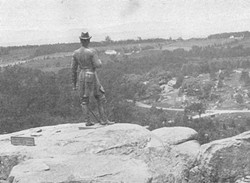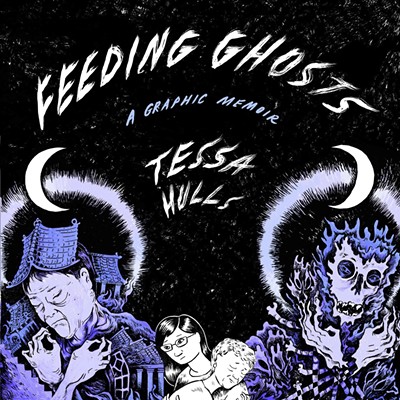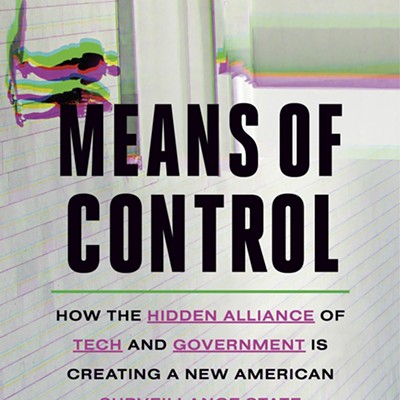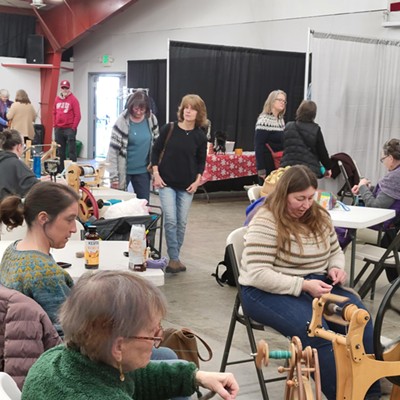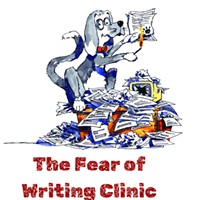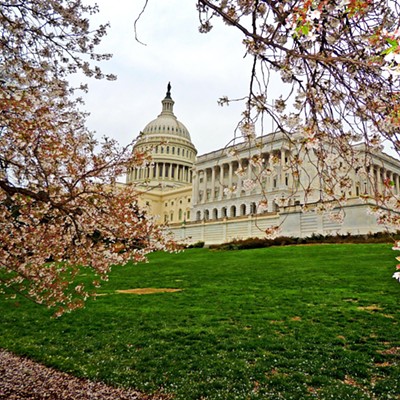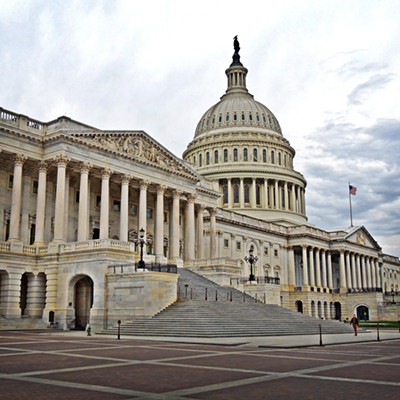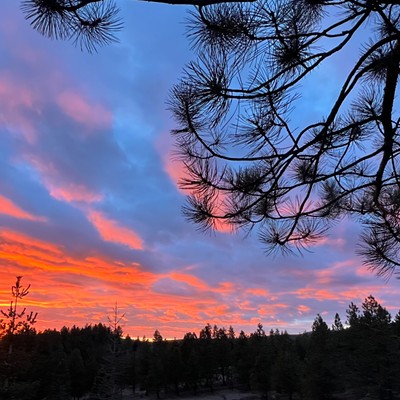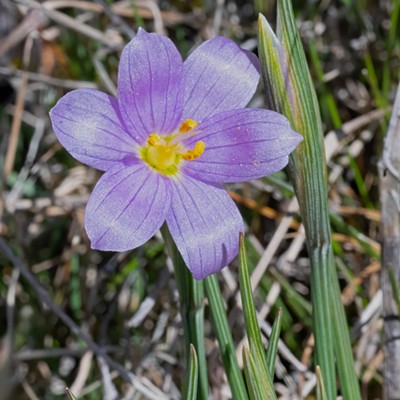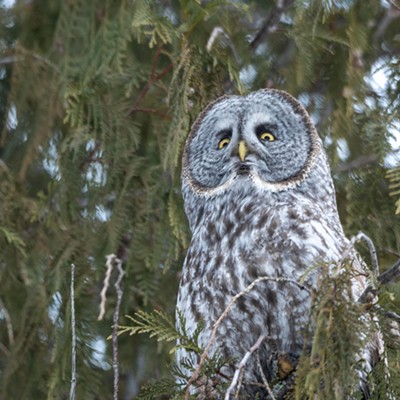MOSCOW — Union and Confederate sympathizers still haunt the battlefield at Gettysburg, Pa.
They are not the ghosts of the 51,000 casualties July 1-3, 1863, in the Civil War’s bloodiest battle. They are the living who visit harboring hatred for blacks, or Yankees, or Southerners.
“There’s still feeling,” says Moscow’s Elyse Cregar, a former licensed battlefield guide at the Gettysburg National Military Park, who has written a young adult novel about the battle, “Hanna’s Courage: A Story of Love and Betrayal at the Battle of Gettysburg.”
The park is 25 square miles and Cregar drove tourists around to sites like Devil’s Den and the Valley of Death. She remembers once stopping at the Bloody Angle with a couple and as they looked out over a mile of open field Cregar was surprised to hear the woman say, “Just look at this battlefield and just look at what we gave up for those n.....s.”
In “Hanna’s Courage,” a 15-year-old girl begins a friendship with a handsome Rebel guarding her home. The Confederate Army has invaded the town and she must balance her feelings for him against the fact that her mother is hiding Union wounded in their attic. She learns firsthand the terror her black friends and their families face.
That the Civil War was fought over an ideal, freedom for all, is one of the points Cregar wants to make in “Hanna’s Courage.”
Cregar is the district elementary librarian for the Moscow School District and when she talks to children about the war and asks them what it was about she says they often answer state’s rights.
“Slavery is what the war was about. It really was the reason. We need to acknowledge it today,” Cregar says. “The South started churning out the state’s rights story after the war. As a region it was just too difficult to give up the economy of having slaves.”
Although “Hanna’s Courage” is fiction Cregar strove for historical accuracy and the book includes a study guide for teachers. She compares the process of becoming a guide at the park to getting a master’s degree. There is a list of books and research papers applicants must read before taking a test administered by park rangers.
“As a battlefield guide I can’t misstep on (accuracy),” says Cregar, who was a guide before moving to Moscow nine years ago.
“Hanna’s Courage” details what the black population of Gettysburg faced when the South invaded. The Union brought 90,000 troops and the Confederates brought 70,000. Gettysburg was part of the Underground Railroad route and nearly 200 blacks had settled in the town, Cregar says.
“Some of the Confederates considered it their job to capture them as contraband,” she says.
Because the color of their skin gave them away they hid in the forests and under haystacks for days in the heat.
Cregar grew up in Riverside, Ill., and her parents took her to many of the East’s Civil War battlefields. Her father proudly told her she was on Earth because of the short height of her great-great-grandfather James M. White, who fought with the 19th Illinois Infantry. His hat was shot off during the Union assault on Tennessee’s Missionary Ridge in 1863.
Cregar hopes the book will inspire young people to learn more about the Civil War and the reasons behind it.
“The ideal that we want freedom for everybody is still an issue and we have to deal with it,” she says.
(“Hanna’s Courage: A Story of Love and Betrayal at the Battle of Gettysburg,” 191 pages, Tamerac Publishing 2012, $8.99)
FURTHER READING
Elyse Cregar’s recommendations for reading about the Civil War and freedom in America:
“Midnight Rising: John Brown and the Raid That Sparked the Civil War,” by Tony Horwitz (2011) Plotted in secret, launched in the dark, John Brown’s raid on Harpers Ferry was a pivotal moment in U.S. history. But few Americans know the true story of the men and women who launched a desperate strike at the slave-holding South. The tale of the insurrection that put America on the path to war was a Library Journal Top Ten Best Books of 2011.
“Confederates in the Attic: Dispatches from the Unfinished Civil War,” by Tony Horwitz (1999) Propelled by his boyhood passion for the Civil War, war correspondent Tony Horwitz embarks on a search for places and people still held in thrall by America’s greatest conflict.
“Tomatoland: How Modern Industrial Agriculture Destroyed Our Most Alluring Fruit,” by Barry Estabrook (2012) Investigative food journalist Barry Estabrook reveals the huge human and environmental cost of the $5 billion fresh tomato industry, which feeds a modern-day slave trade in the U.S. and produces fruit with more emphasis on appearance than taste, health or nutrition.

